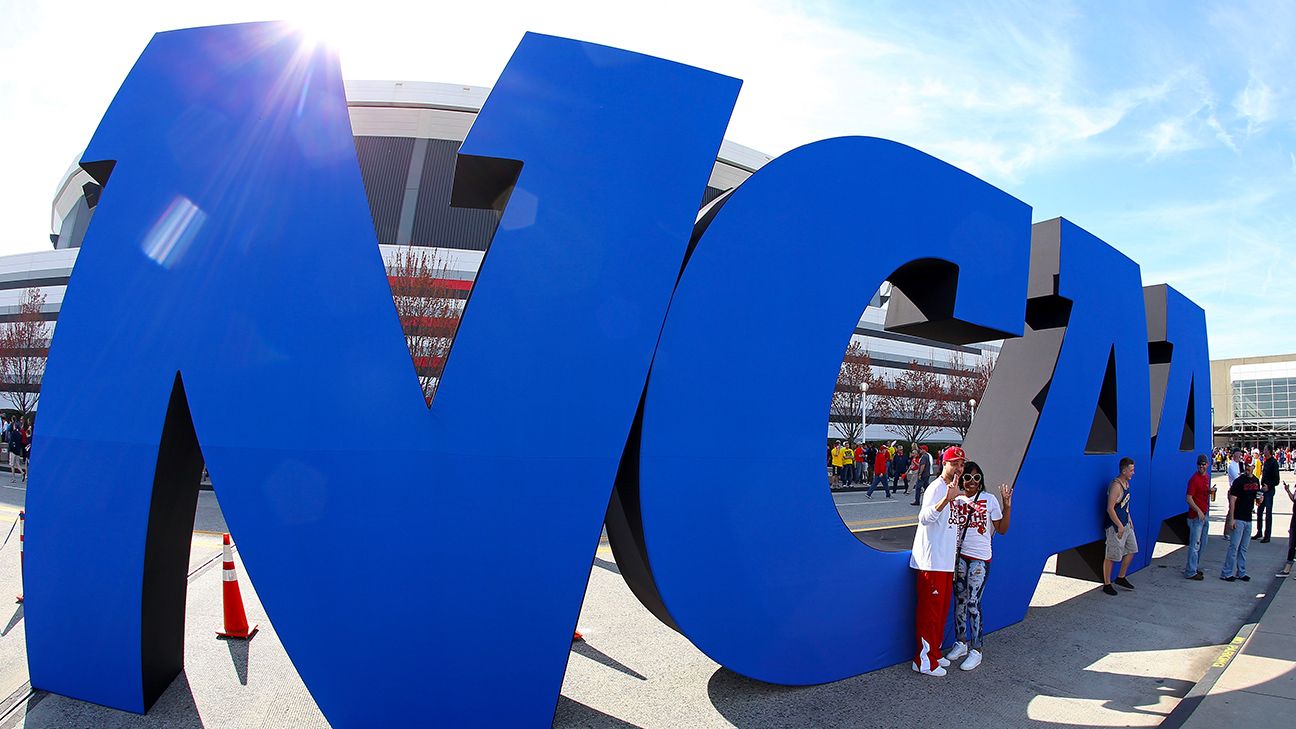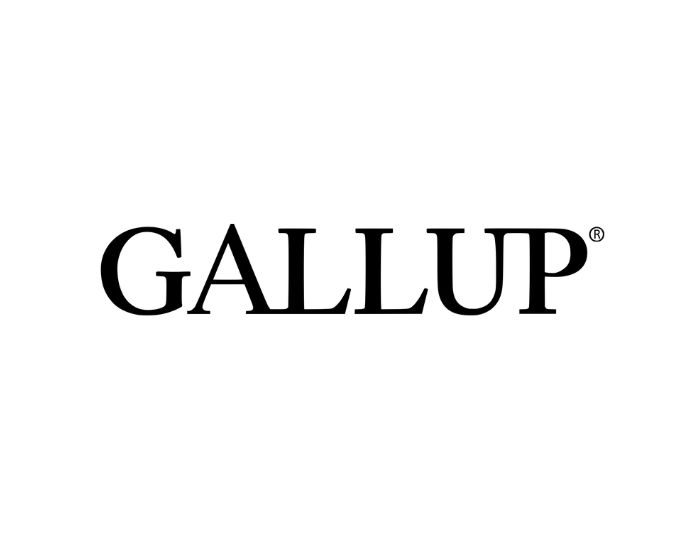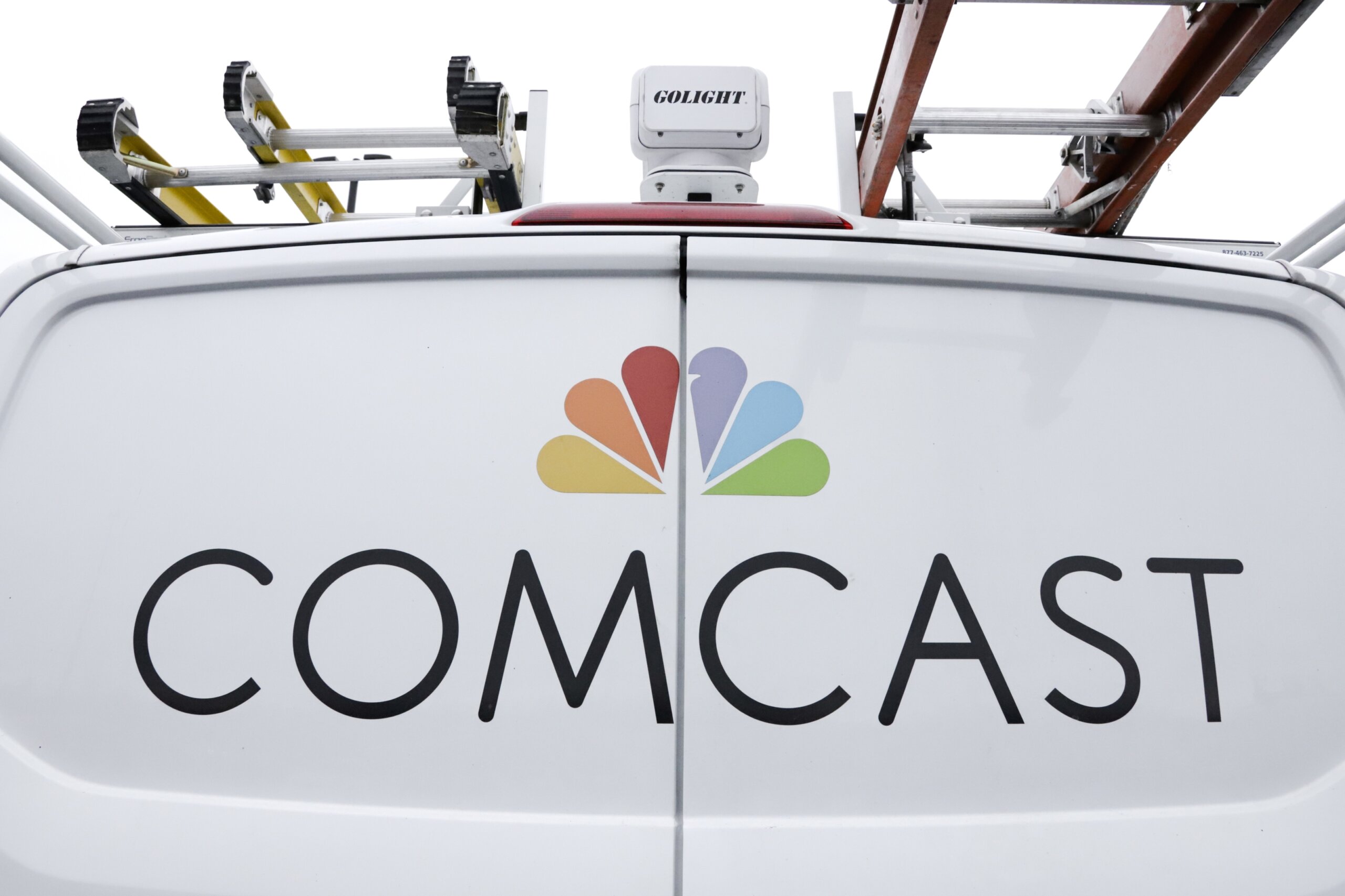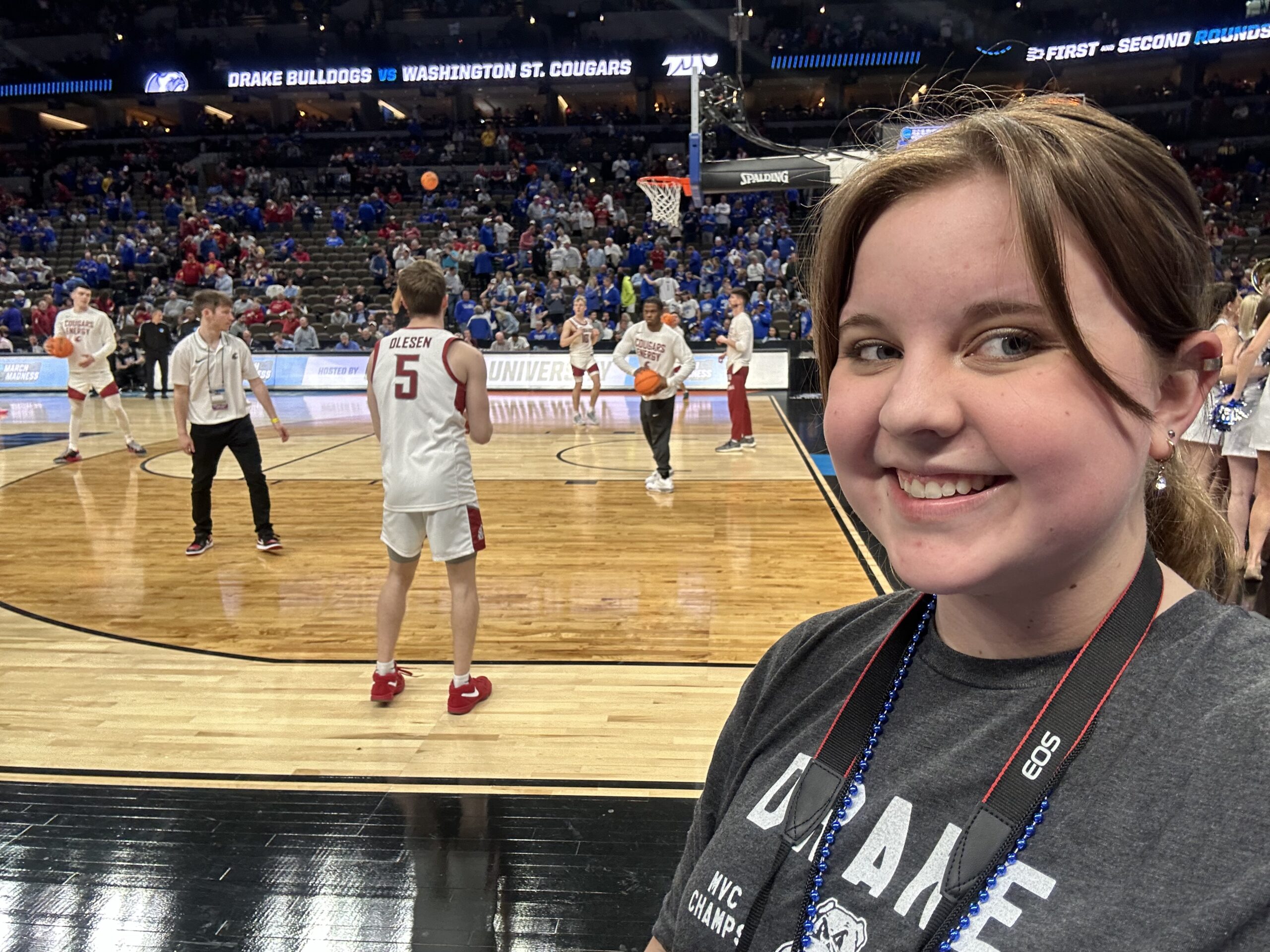Sports
What to know ahead of this week’s House v. NCAA settlement votes

The trajectory of major college sports is set to bend this week to give athletes a significantly larger portion of the billions of dollars they help generate for their schools.
The industry’s top leaders will gather in the next few days to vote on the proposed terms of a landmark settlement. The deal would create a new framework for schools to share millions of dollars with their athletes in the future and create a fund of more than $2.7 billion to pay former athletes for past damages.
The settlement would also mark the end of at least three major federal antitrust lawsuits looming as existential threats to the NCAA and its schools, and would resolve the most pressing — and arguably most formidable — legal challenges facing the college sports industry. The deal would not, however, solve all of the NCAA’s problems or even provide clear answers to many crucial questions about how a more professionalized version of major college sports might look in the near future.
Here are some of the details and unsolved questions shaping conversations during what could be a monumental week in the history of college sports.
Terms of the settlement
While several important details are not yet finalized, sources have confirmed the following general structure of an agreement to settle the House v. NCAA case:
The NCAA’s national office would foot the bill for a $2.7 billion payment for past damages over the course of the next 10 years. The NCAA would generate the majority of that money partly by cutting back on the funds that it distributes to Division I schools on an annual basis.
The power conferences would agree to a forward-looking revenue sharing structure that would give schools the ability to spend a maximum of roughly $20 million per year on direct payments to athletes. The $20 million figure could grow larger every few years if school revenue grows. Each school would be left to decide how to allocate that money while remaining compliant with Title IX laws.
The plaintiffs, which could include all current Division I athletes, would give up their right to file future antitrust claims against the NCAA’s rules. This would include dropping two pending antitrust cases (Hubbard v. NCAA and Carter v. NCAA) that also have been filed by plaintiff attorneys Steve Berman and Jeffrey Kessler.
The sides would also agree to renew the class on an annual basis to include new athletes. New athletes — mostly incoming freshmen — would have to declare that they are opting out of the class in order to challenge the NCAA’s restrictions on payments in the future.
This rolling new class of athletes would, in effect, retire the most impactful tool that has been used over the past decade to chip away at the NCAA’s amateurism rules. Previously, Berman and Kessler needed only one athlete to lend his or her name to a case that would aim to remove illegal restrictions for all college athletes. Moving forward, a lawyer pushing to provide more benefits for athletes will first have to organize and gain commitments from a large group of players who opted out of the settlement.
Athletic and university administrators have long argued that their athletes are generally happy with what the schools provide and that the last decade’s lawsuits are the product of agitating lawyers and advocates. A settlement would not close the door on bargaining with athletes in the future, but it would make it less appealing for attorneys to test the legality of the NCAA’s rules without an explicit demand from a large swath of athletes.
While individual athletes could still opt out and sue the NCAA, the damages for a single athlete or small group of athletes would be far smaller. So, in practice, the House case settlement would provide schools with protection from future suits by removing the financial incentives that make these cases — which often takes years to fight — worthwhile for a plaintiffs’ attorney.
Class action cases have been an important tool to date for plaintiff attorneys because organizing college athletes — a busy and transient group of young people — is extremely difficult. (Although there are a number of groups actively attempting to form college players’ associations.) Some sports antitrust experts, such as Baruch College law professor Marc Edelman, say that, by making future class action lawsuits more difficult, this settlement would give schools ample license to collude on restricting payment to players. Edelman said this conflict could give a judge pause when deciding to approve the terms of the settlement.
Who’s in?
Attorneys representing the plaintiff class of all Division I athletes proposed terms to all defendants involved in the lawsuit in late April. To settle the case fully, the NCAA and each of the five power conferences will have to agree to the terms. Leaders from each group are expected to hold votes by Thursday.
The NCAA’s Board of Governors is scheduled to meet Wednesday.
The Big Ten presidents are planning to meet in person and vote this week as part of the league’s regularly scheduled meetings. That league has long been considered the major conference with the least amount of pushback on the vote. ACC presidents, SEC leaders and Big 12 leaders will also vote this week. In an odd twist, the Pac-12’s membership from this past season will gather virtually to vote, as the 10 departing programs will not vote in the conferences they plan to join next year. Since the Pac-12 was part of the suit as a 12-team league, the 12 presidents and chancellors of those schools will vote as a 12-school unit.
While the NCAA and conferences have to opt in, any athletes involved in the class will have an opportunity to opt out once the attorneys hammer out the details of settlement terms. Any athletes who opt out would retain the right to sue the NCAA in the future, but they would miss out on their cut of the $2.7 billion in damages. On the flip side, it’s unlikely that a current athlete who opts out would give up the opportunity to receive the forward-looking revenue share money, according to legal sources.
Next steps
If all parties agree to the broader terms of a settlement of the House case this week, their attorneys will get to work drafting the fine print of an agreement. That process can take weeks, according to attorneys with experience settling complex antitrust cases.
The judge overseeing the case, Judge Claudia Wilken of California’s Northern District, would then hold a preliminary hearing to review the terms of the settlement. If the judge approves, notice would be sent to all athletes providing them with a chance to formally object or opt out. And finally, the agreement would go back to the courthouse where Wilken would consider any arguments presented in objection before deciding whether the settlement meets her approval.
The Fontenot Case
Alex Fontenot is a former Colorado football player who sued the NCAA in late November for restricting athletes from sharing in television rights revenue. He filed his case a few weeks before Berman and Kessler (the two attorneys representing athletes in the current settlement negotiations) filed a similar complaint called Carter v. NCAA.
Both Kessler and the NCAA have argued that the two complaints are similar and should be consolidated into a single case, which would likely lead to the Fontenot case being part of the pending settlement talks. Fontenot’s attorneys do not want to consolidate and will present their argument for why the cases should be separate in a Colorado courtroom this Thursday.
Garrett Broshuis, Fontenot’s attorney, said he has concerns about how the House settlement could make it harder for future athletes to fight for more rights. Broshuis, a former pitcher at Missouri, has spent most of the last decade successfully suing Major League Baseball to help minor leaguers negotiate better working conditions.
The judge in the Fontenot case has not yet made a ruling on whether it should qualify as a class action lawsuit. If the House settlement is finalized, any college athlete would have to opt out of the settlement in order to take part in the Fontenot case. Opt-outs or objections raised during the House settlement hearings could give Judge Wilken additional pause in approving its terms.
Would Fontenot and other athletes who are working with his attorneys on this case opt out of the House settlement in hopes of pursuing a better deal in their own case?
“To the extent we can, we’re monitoring the media reports surrounding the proposed settlement,” Broshuis told ESPN this weekend. “Once the actual terms are available, we’ll closely scrutinize them. We do have concerns about what’s being reported so far, especially when it comes to the ability for future generations of athletes to continue to fight for their rights.”
Scholarship and roster limits
In the sprint to settle, there’s a bevy of details that are going to be left to college sports leaders to work out in coming months.
The inclusion of roster caps could impact college sports on the field. Right now, college sports operate with scholarship limits. For example, Division I football is limited to 85 scholarships, baseball to 11.7, and softball to 12. Meanwhile, Division I football rosters run to nearly 140 players on the high end, while baseball rosters top out around 40 players, and softball averages about 25 players.
Leaders in college sports are considering uniform roster caps instead of scholarship limits, which could be viewed as another collusive restraint on spending. This would give schools the choice to give out 20 baseball scholarships, for example, if they wished.
If rosters are capped at a certain number, the ripple effect could be more scholarships and smaller roster sizes. The viability of walk-ons, especially for rosters with dozens of them, could be at risk.
Sources caution that this won’t be determined for months, as formalizing roster caps are not part of the settlement. Sources have told ESPN that football coaches in particular will be vocal about radical changes, as walk-ons are part of the fabric of the sport. Stetson Bennett (Georgia), Baker Mayfield (Oklahoma) and Hunter Renfrow (Clemson) are all recent examples of transformative walk-ons.
The future of collectives
Multiple sources have told ESPN that some school leaders are hopeful the future revenue sharing model will eliminate or significantly decrease the role that NIL collectives play in the marketplace for athletes.
While an additional $20 million flowing directly from schools to athletes could theoretically satisfy the competitive market for talent and decrease the interest of major donors from contributing to collectives, experts say there is no clear legal mechanism that could be included in a settlement that would eliminate collectives. Those groups — which are independent from schools even if they often operate in a hand-in-glove fashion — could continue to use NIL opportunities to give their schools an edge in recruiting by adding money on top of the revenue share that an athlete might get from his or her school.
For the schools with the deepest pockets or most competitive donors, a $20 million estimated revenue share would be in reality more of a floor than a ceiling for athlete compensation. Most well-established collectives are planning to continue operating outside of their school’s control, according to Russell White, the president of TCA, a trade association of more than 30 different collectives associated with power conference schools.
“It just makes $20 million the new baseline,” White told ESPN. “Their hope is that this tamps down donor fatigue and boosters feel like they won’t have to contribute [to collectives]. But these groups like to win. There’s no chance this will turn off those competitive juices.”
How would the damages money be distributed?
Any athlete who played a Division I sport from 2016 through present day has a claim to some of the roughly $2.7 billion in settlement money. The plaintiffs’ attorneys will also receive a significant portion of the money. The damages represent money athletes might have made through NIL deals if the NCAA’s rules had not restricted them in the past.
It’s not clear if the plaintiffs will disburse the money equally among the whole class or assign different values based on an athlete’s probable earning power during his or her career. Some class action settlements hire specialists to determine each class member’s relative value and how much of the overall payment they should receive. That could be a painfully detailed process in this case, which includes tens of thousands of athletes in the class.
The NCAA also plans to pay that money over the course of the next 10 years, according to sources. It’s not clear if every athlete in the class would get an annual check for the next decade or if each athlete would be paid in one lump sum with some of them waiting years longer than others to receive their cut.
Are there any roadblocks to settlement expected?
In short, the NCAA’s schools and conferences will likely move forward with the agreement this week despite unhappiness in how the NCAA will withhold the revenue from schools to pay the $2.7 billion over the next decade.
There is significant pushback among leagues outside the power leagues on the proposed payment structure. According to a memo the NCAA sent to all 32 Division I conferences this week, the NCAA will use more than $1 billion from reserves, catastrophic insurance, new revenue and budget cuts to help pay the damages, sources told ESPN this week. The memo also states that an additional $1.6 billion would come from reductions in NCAA distributions, 60 percent of which would come from the 27 Division I conferences outside of the so-called power five football leagues. The other 40 percent would come from cuts the power conferences, which are the named defendants with the NCAA in the case.
The basketball-centric Big East is slated to sacrifice between $5.4 million and $6.6 million annually over the next decade, and the similarly basketball-centric West Coast Conference between $3.5 million and $4.3 million annually, according to a source familiar with the memo. The smallest leagues would lose out on just under $2 million annually, which is nearly 20% of what they receive annually from the NCAA.
(The NCAA would withhold money from six funds across Division I leagues — the basketball performance fund via the NCAA tournament, grants-in-aid, the academic enhancement fund, sports sponsorships, conference grants and the academic performance fund.)
In an e-mail obtained by ESPN from Big East commissioner Val Ackerman to her athletic directors and presidents on Saturday morning, she said the Big East has “strong objections” to the damages framework. She wrote that she’s relayed those to NCAA president Charlie Baker.
The 22 conferences that don’t have FBS football — known as the CCA22 — have also been engaged in conversations about their disappointment with the damages proposal, according to sources.
Per a source, some members of the CCA22 are planning on sending a letter to the NCAA requesting the responsibility be flipped — the power conferences contributing to 60 percent of the damages and the other 27 leagues contributing 40 percent. In her message, Ackerman wrote she expects former FBS football players will be “the primary beneficiaries of the NIL ‘back pay’ amounts” — suggesting that the damages may not be shared equally among athletes.
Ackerman’s letter does mention the widely held belief in the industry that it may be tough for any significant change: “At this stage, it is unclear how much time or leverage we will have to alter the plan the NCAA and [power conferences] have orchestrated.”








